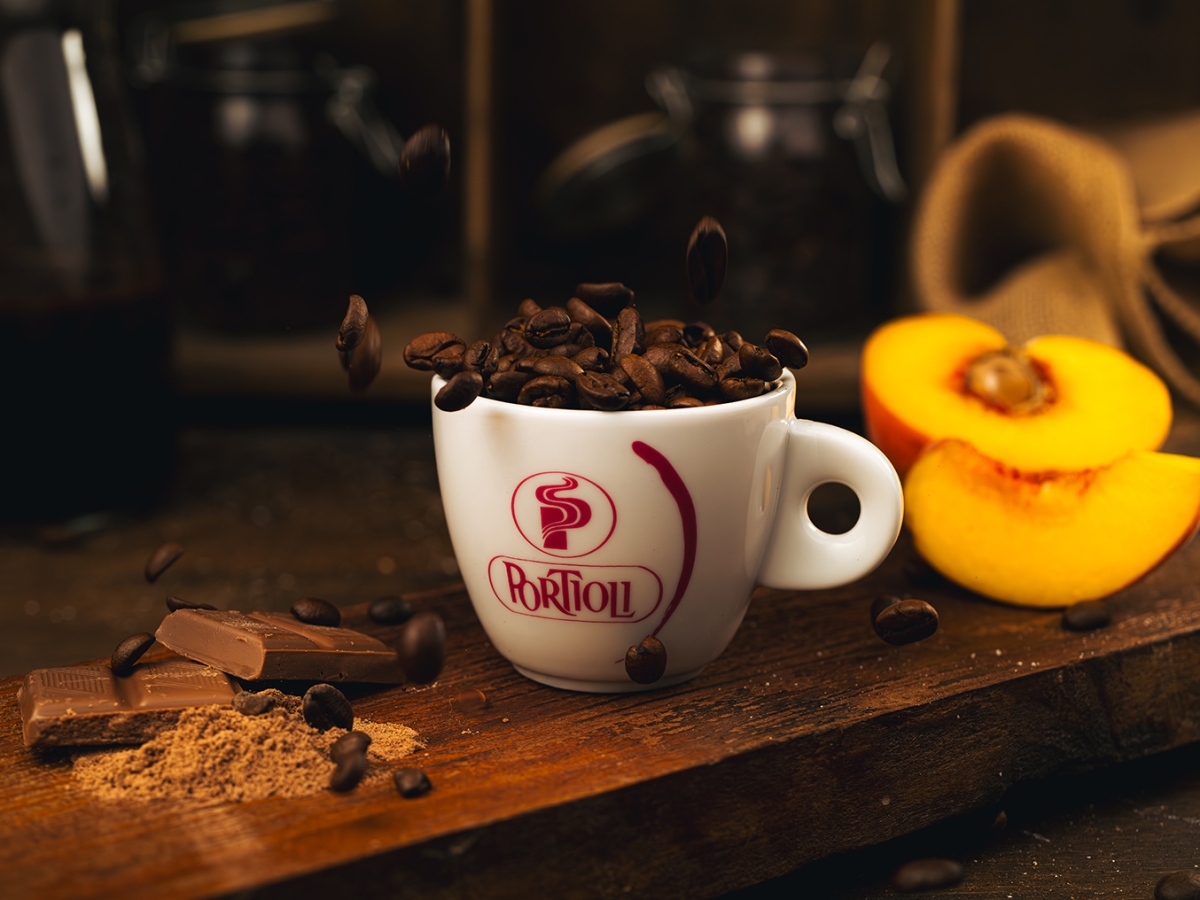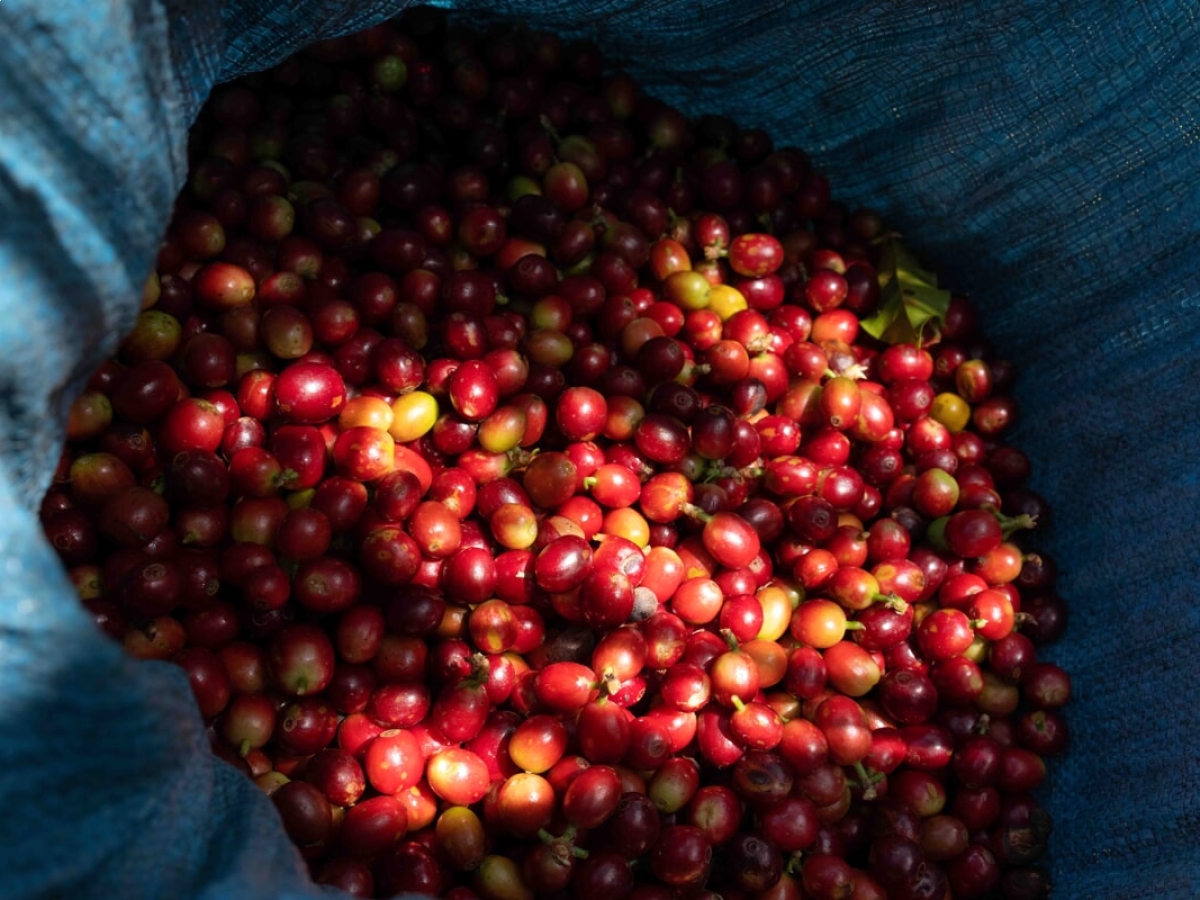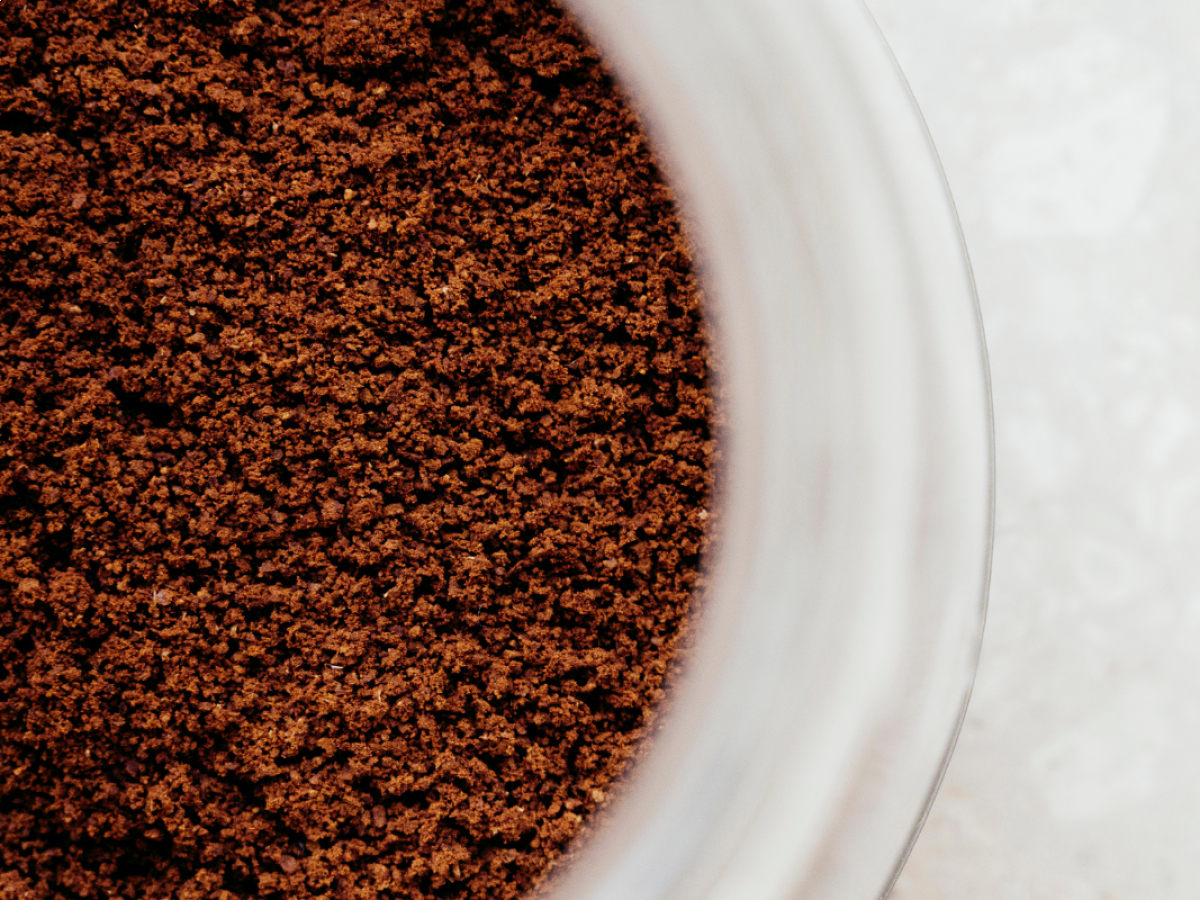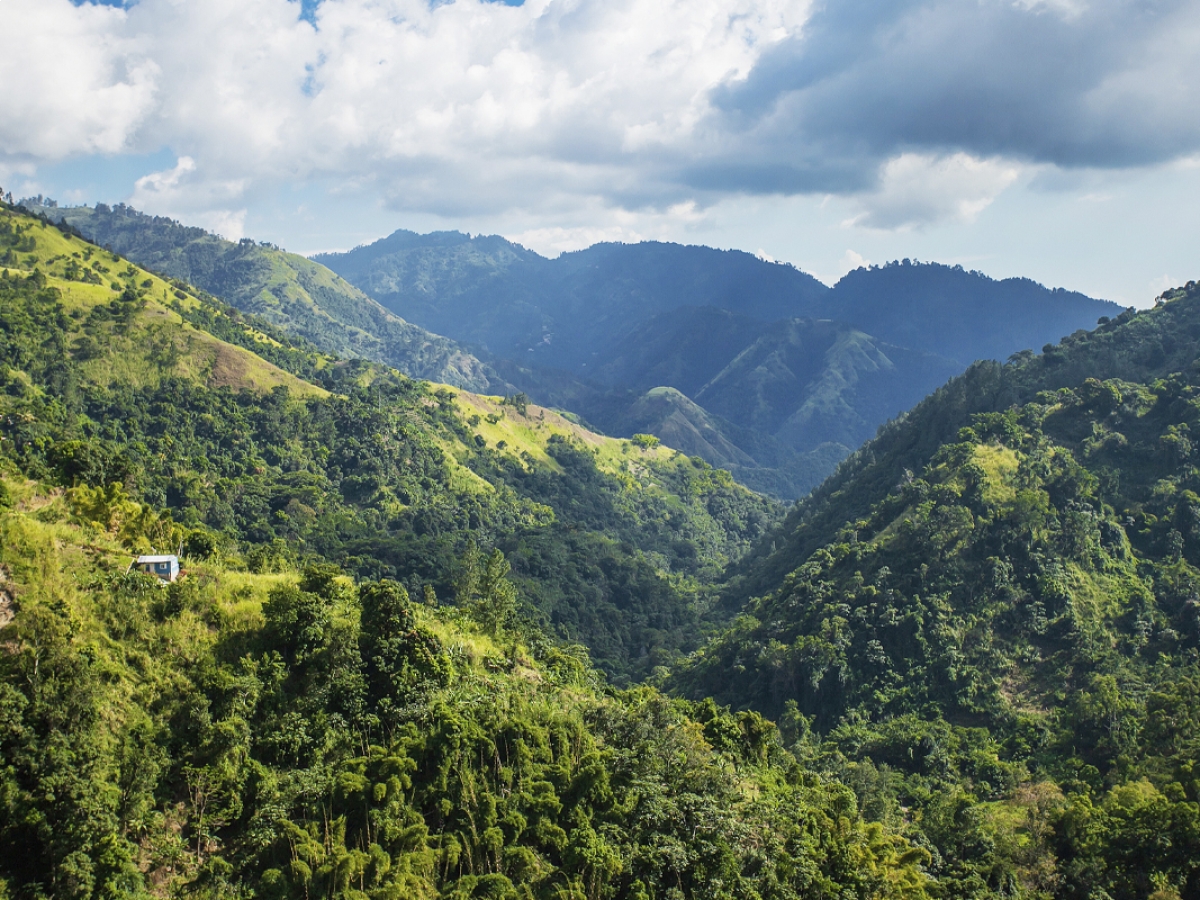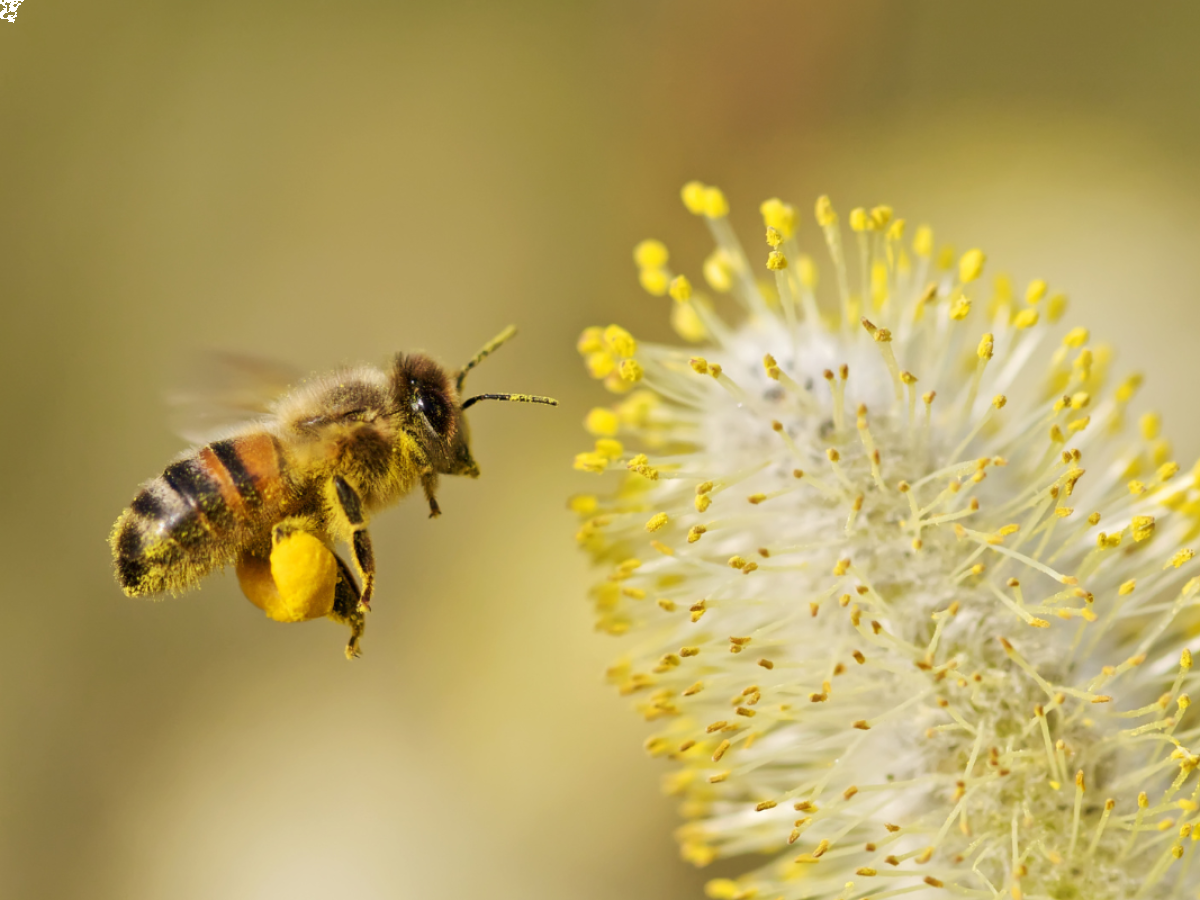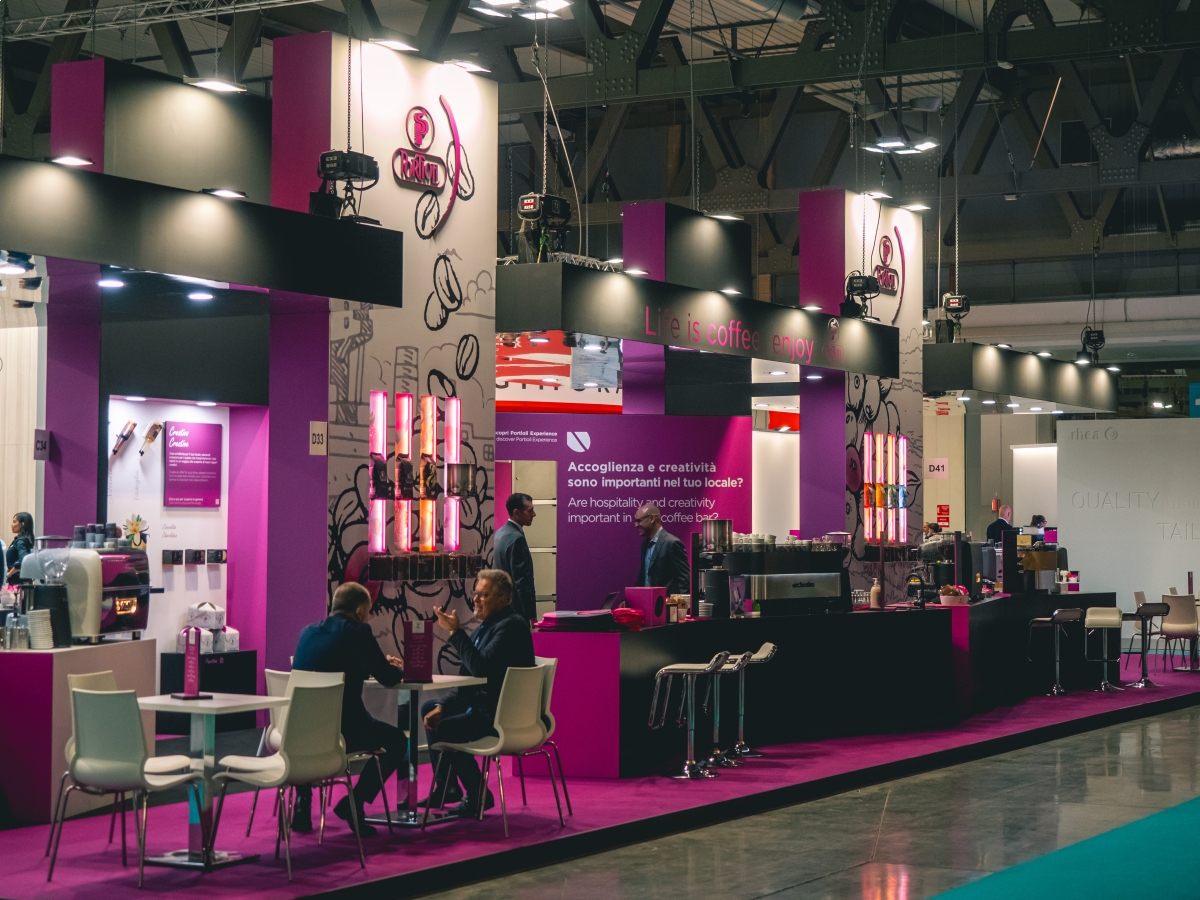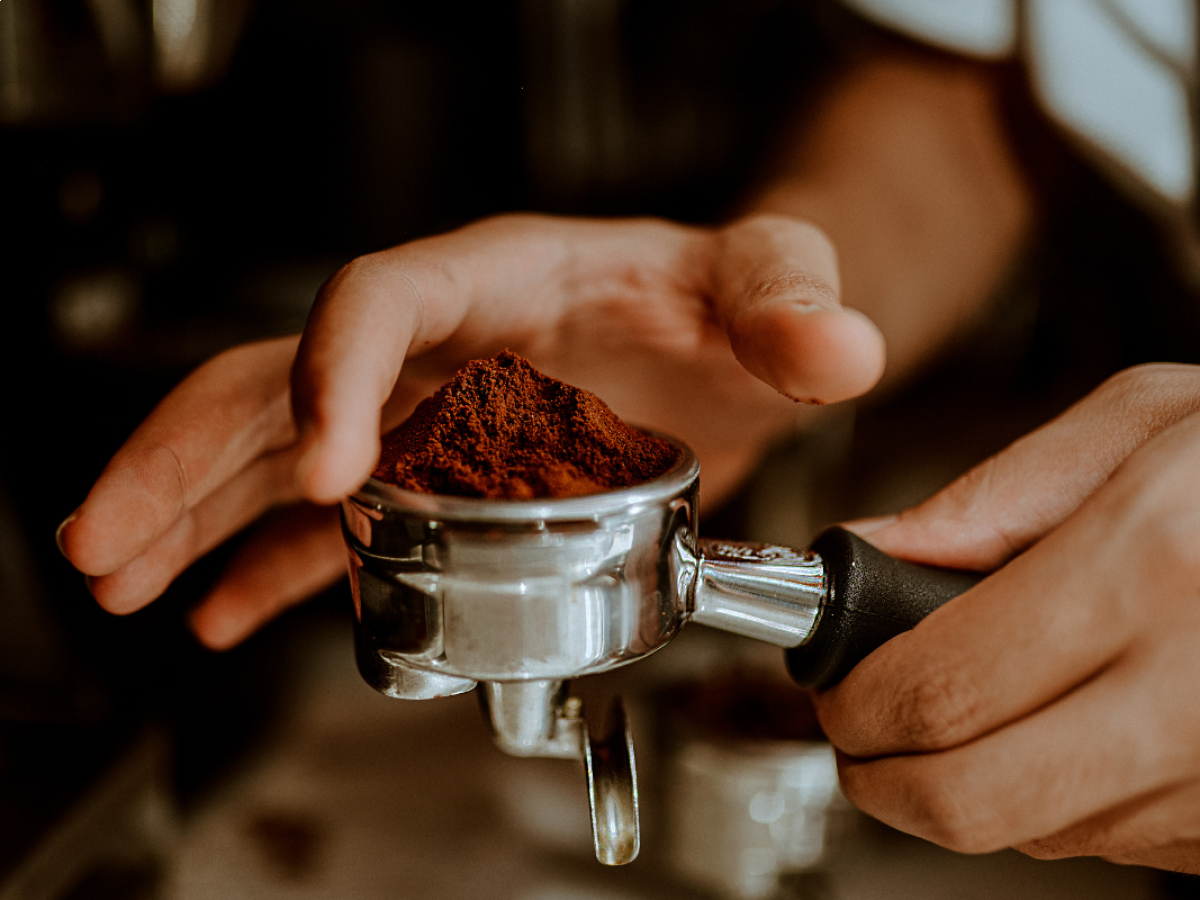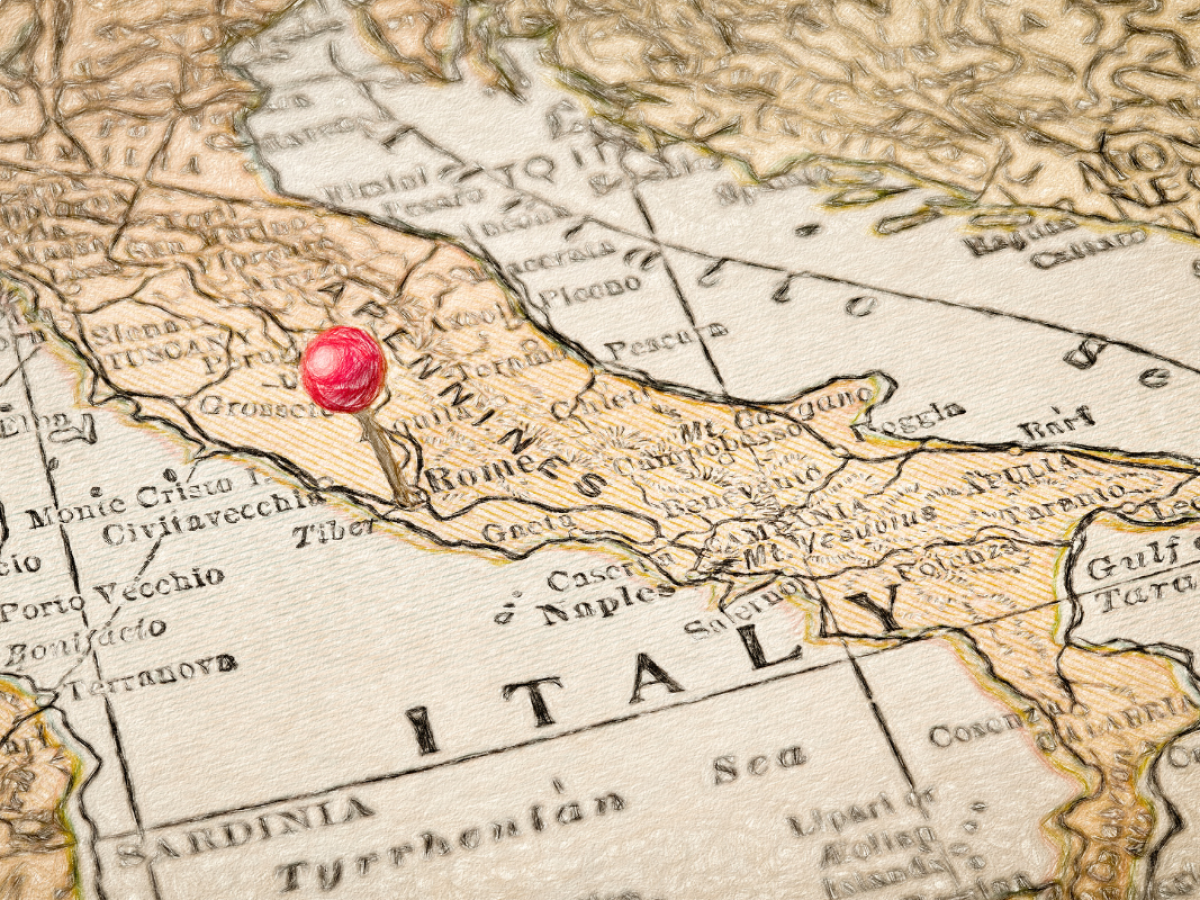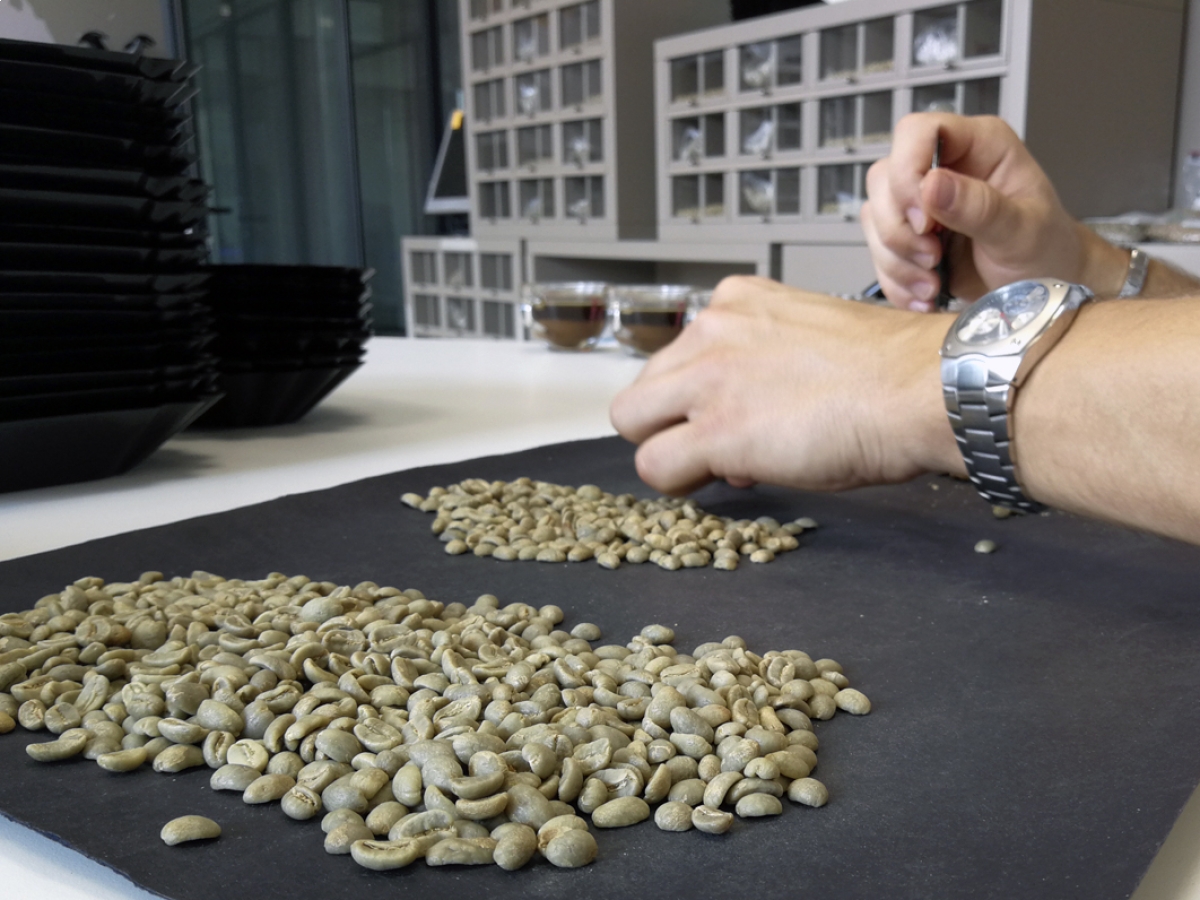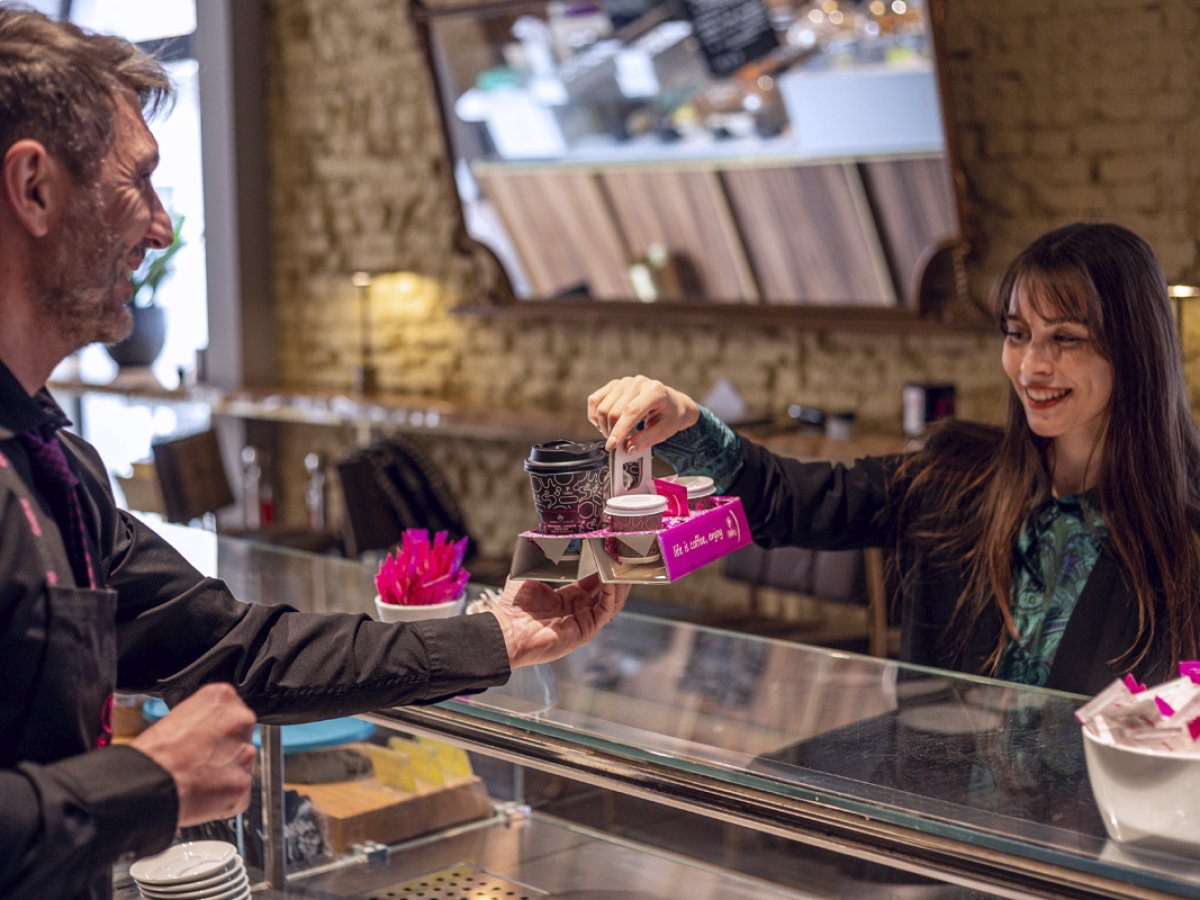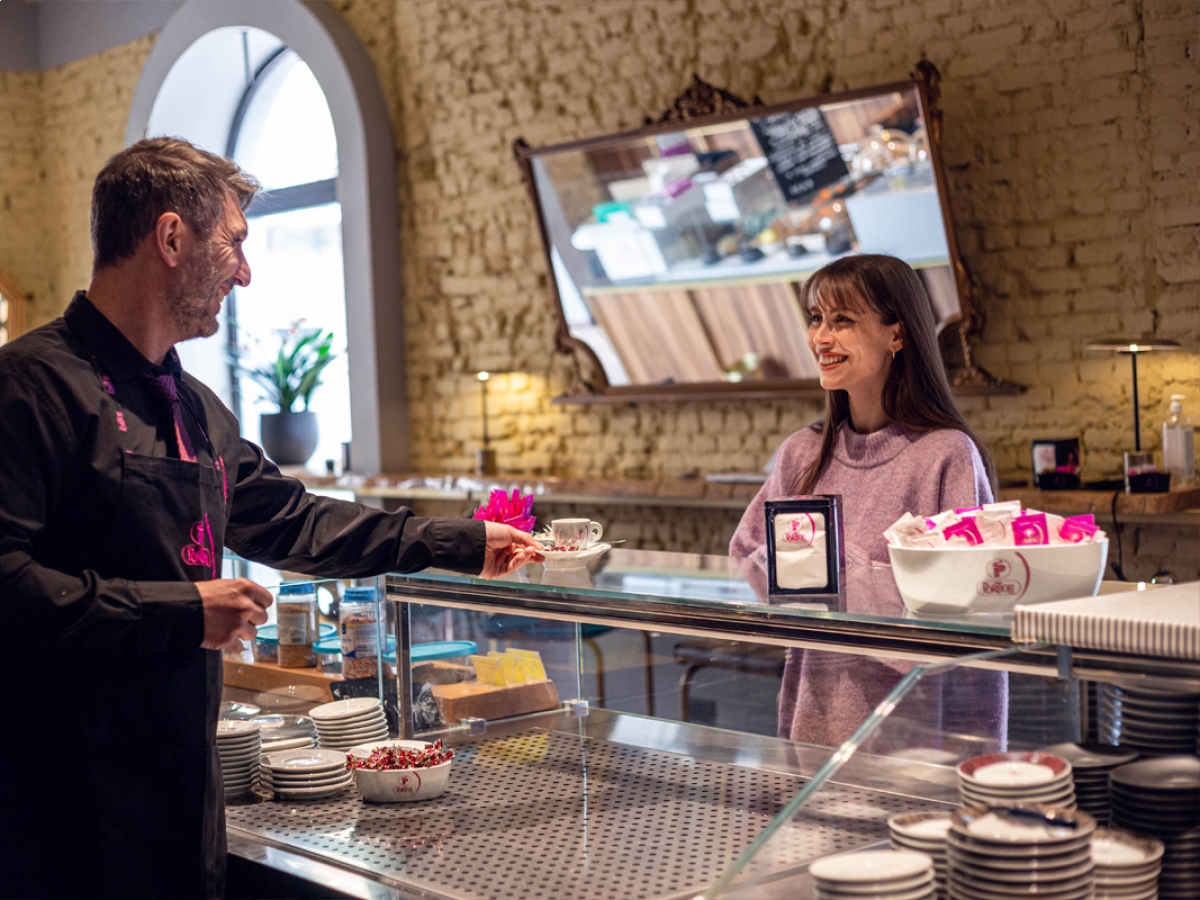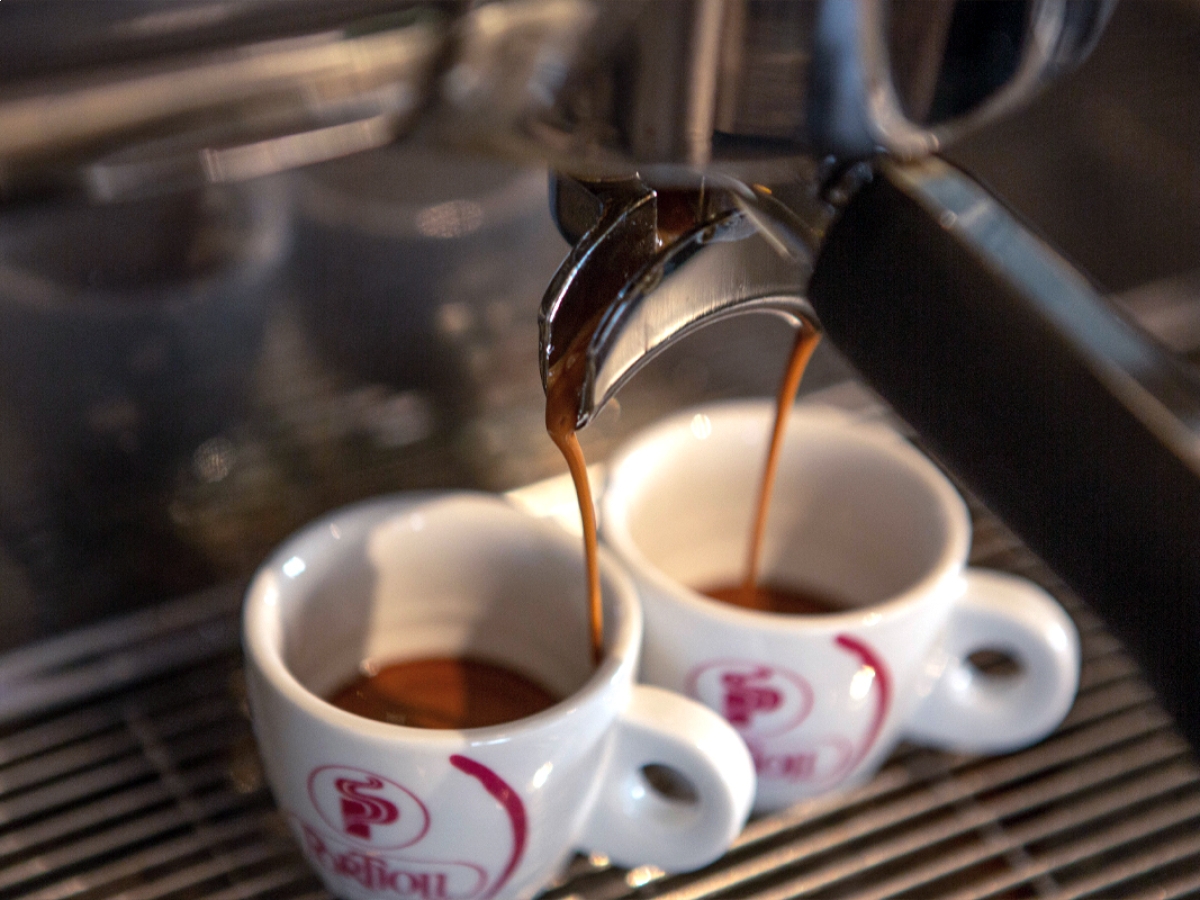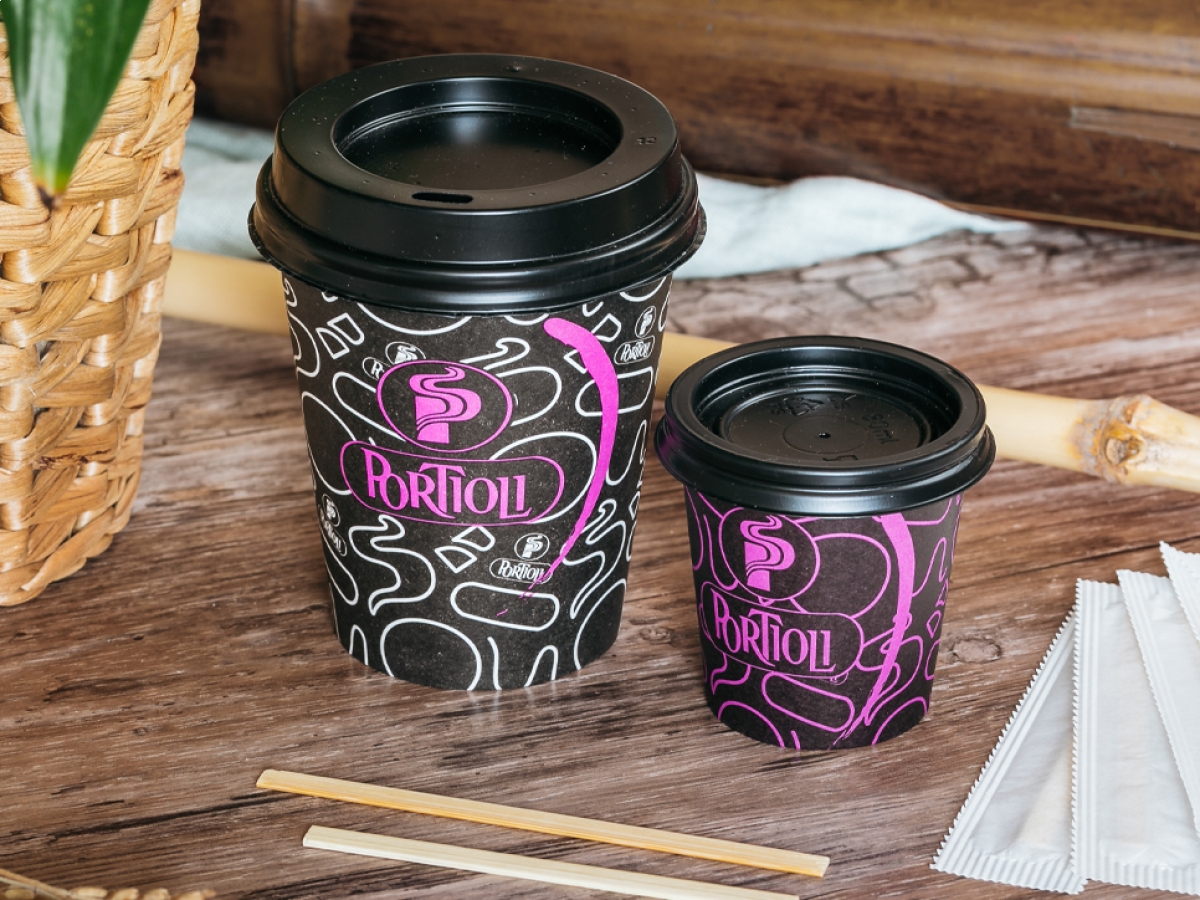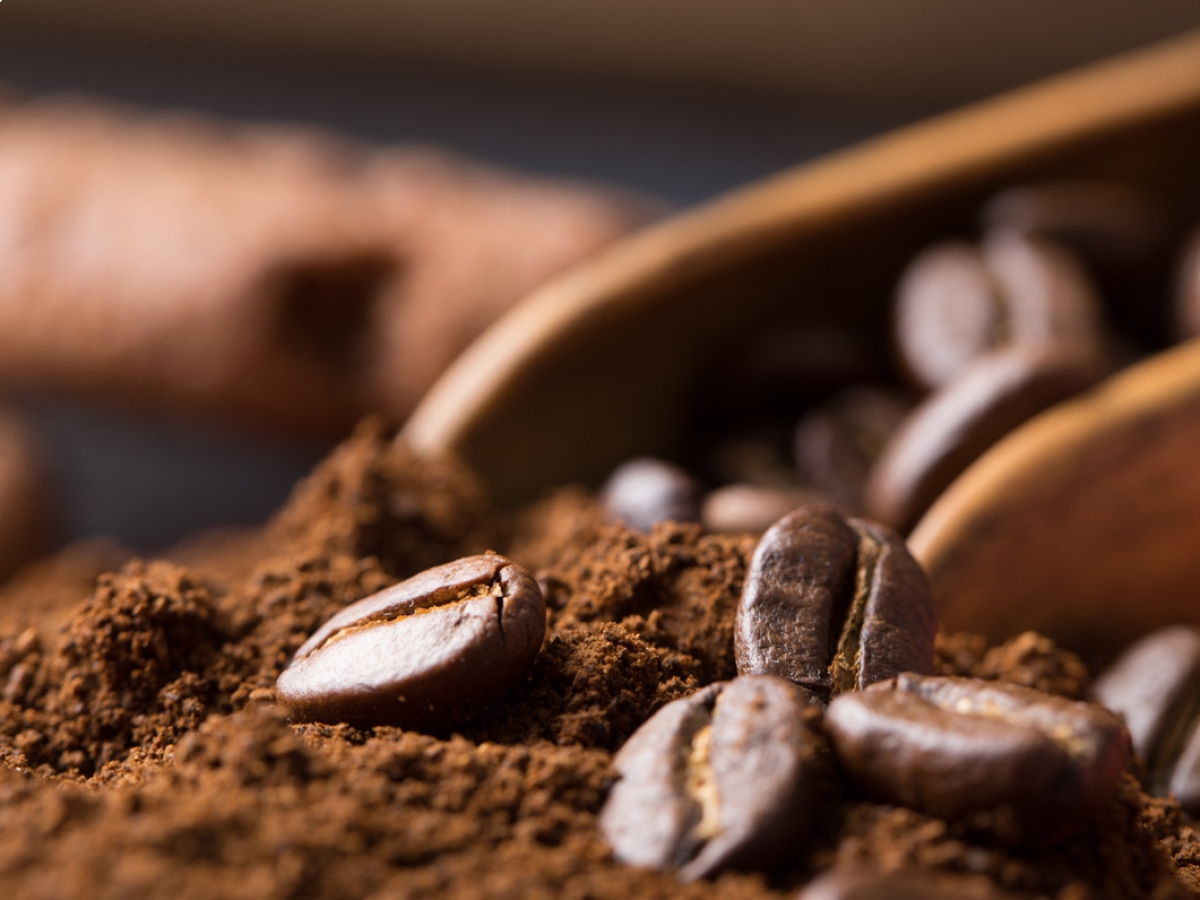
Coffee is a drink that has ancient roots and has spread all over the world, becoming one of the most loved drinks worldwide. Each country has its own tradition, its own way of preparing and enjoying it, creating a wide range of cultures and rituals around the coffee drink. In this article, we will explore the different coffee traditions and cultures around the world.
Coffee in Turkey
Turkish coffee is one of the oldest and most distinctive in the world. Coffee is said to have been introduced to Turkey in the 16th century, brought by Arab merchants. The traditional method of making Turkish coffee involves the use of a cezve, a small copper or brass pot with a long handle, and finely ground coffee beans. The coffee powder is placed in the cezve together with the water and sugar, if required, and boiled twice. The coffee is then served in small cups, along with water and Turkish sweets.
Turkish coffee is often flavoured with spices such as cinnamon, cardamom or clove. This makes it particularly tasty and aromatic.
Coffee in Ethiopia
Ethiopia is the homeland of Arabica Coffea, the most widespread variety of coffee worldwide. Here coffee is an important part of culture and daily life. The coffee ceremony is a very important ritual, during which the beans are roasted, ground and brewed in the jebena, the traditional terracotta coffee pot.
Ethiopian coffee is usually served black and hot, along with black cardamom pods or spices like ginger or cinnamon. The coffee ceremony is an occasion to socialize and share special moments with friends and family.
Coffee in Italy
In Italy, coffee is an integral part of food culture and daily life. Most Italians start their day with an espresso coffee, taken at the bar counter. Espresso is a coffee concentrate prepared with a coffee machine, which produces a thick, velvety crema.
Espresso coffee is served in small cups and is often served with a small glass of water. Coffee is so important in Italy that there is even an association for the defence of Italian espresso coffee, which works to promote coffee culture and protect the quality of the product.
Coffee in France
In France, coffee is a very popular beverage, consumed especially in the morning to start the day with a boost of energy. However, unlike in Italy, French coffee is generally less strong, served in larger cups than Italian espresso. The culture of coffee with milk, such as café latte or cappuccino, is widespread in France.
A special feature of French coffee is the presence of so-called bistros, cafes that also offer fresh pastries and small culinary delights. The atmosphere of bistros is very pleasant and relaxed, they often discuss politics, culture, and current events while sipping their coffee served with a freshly baked croissant.
Coffee in Japan
In Japan, coffee has a very strong presence in food culture, and it is considered a fine and refined beverage. Although green tea is the national beverage par excellence, coffee has acquired a place of honour in Japanese tradition.
Japanese coffee is known for its high quality, which is reflected in both the choice of beans and the attention to detail in preparation and presentation. Japanese have developed their own art in coffee preparation, which involves the use of state-of-the-art machines, such as the siphon, which uses air pressure to brew coffee in a very delicate and aromatic way.
In Japan, there is a widespread culture of specialty coffee, which is prepared from selected beans from various parts of the world and roasted with care. The coffee is often served in small cups, similar to sake cups, and served with cookies or typical Japanese sweets such as mochi.
Each culture has its own unique version of coffee, reflecting local traditions and preferences. Experiencing different versions of coffee around the world can be a delicious and engaging experience, allowing you to discover new flavours and appreciate coffee's role as a symbolic beverage of conviviality and hospitality.
Related articles
Portioli Express
Home and office shopping
Experience authentic Italian espresso right at home with our premium blends in a variety of formats.
Go to the shop










